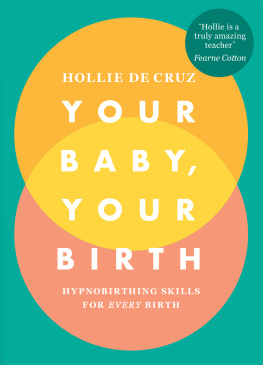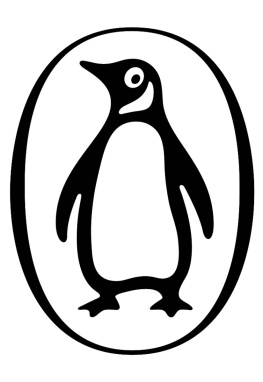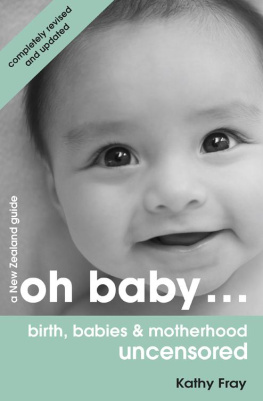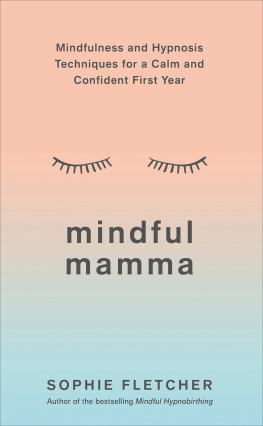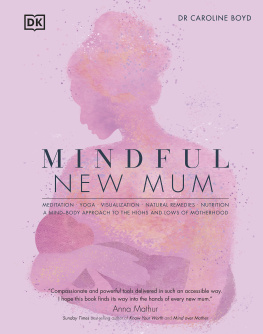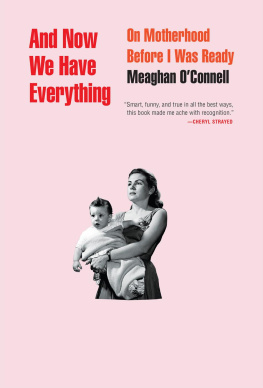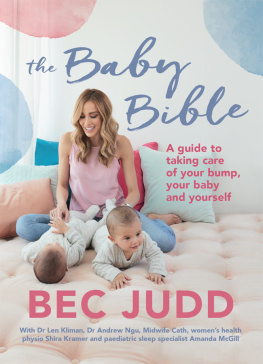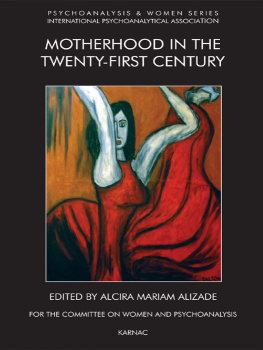
WRITE-ON PAGES
Any references to writing in this book refer to the original printed version.
Readers should write on a separate piece of paper in these instances.
Hollie de Cruz
MOTHER
HOOD
YOUR
WAY
HOW TO WORRY LESS AND
ENJOY MORE IN YOUR
BABYS FIRST YEAR

EBURY
UK | USA | Canada | Ireland | Australia
New Zealand | India | South Africa
Ebury is part of the Penguin Random House group of companies whose addresses can be found at global.penguinrandomhouse.com.

First published by Vermilion in 2021
Copyright Hollie de Cruz 2021
Illustrations Emma Scott-Child 2021
The moral right of the author has been asserted
The information in this book has been compiled as general guidance on the specific subjects addressed. It is not a substitute and not to be relied on for medical, healthcare or pharmaceutical professional advice. Please consult your GP before changing, stopping or starting any medical treatment. So far as the author is aware the information given is correct and up to date as at January 2021. Practice, laws and regulations all change and the reader should obtain up to date professional advice on any such issues. The author and publishers disclaim, as far as the law allows, any liability arising directly or indirectly from the use or misuse of the information contained in this book.
Cover design by Emma Scott-Child
ISBN: 978-1-473-57704-6
This ebook is copyright material and must not be copied, reproduced, transferred, distributed, leased, licensed or publicly performed or used in any way except as specifically permitted in writing by the publishers, as allowed under the terms and conditions under which it was purchased or as strictly permitted by applicable copyright law. Any unauthorized distribution or use of this text may be a direct infringement of the authors and publishers rights and those responsible may be liable in law accordingly.
To my late, beloved grandfather, Gandy for your quiet and ongoing commitment to nonconformism. I miss it, and I miss you.
To my incredible children Oscar and Cosmo, for carrying that magic in your own hearts, and for expanding mine more than youll ever know.
INTRODUCTION
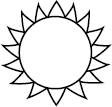
On the day my first son was born, the mother in me was, too. I was twenty-five years old, yet I felt as brand new as the little baby in my arms. I felt as vulnerable, as open, and as sensitive, and I wanted to be held, just as he did. Society forgets this. Society forgets that when you give birth, you too are born. I remember feeling like my protective outer shell had been stripped back, and I was left exposed to the elements of newfound motherhood, with a heady cocktail of fear and courage mixed together running through my veins. Ill never forget leaving hospital with my baby a couple of days later. Wed packed up our stuff, wrapped Oscar up for the snowy world that waited outside, and shuffled up to the maternity reception to, I guess, check out. Its okay, you can just go, a midwife said. Really? I asked, confused at the apparent nonchalance under which I was permitted to leave with such precious cargo. Yes, she said, good luck.
Good luck.
When we got back to our little flat our baby now safely tucked up in his car seat instead of my belly I clearly remember his dad putting him down on the floor of our living room and then looking at me to share a do we laugh or do we cry? moment. This was it. The birth wed long prepared and practised for was over, and the real work was about to begin. The work wed never done before. The work we had no how-to guide for. The work we would surely get wrong, and try again at. We were parents. I was a mother, and I had no idea what I was doing.
Thinking back to the first few weeks and months of Oscars life is now a blur. I was in survival mode. I felt so open, emotionally and physically. My body, which I barely recognised with its engorged boobs, was recovering from a long labour and abdominal birth, while my head and heart were coming to terms with the overwhelming love, fear and responsibility I felt to keep this tiny person safe. I had no idea where to start in terms of processing what I was feeling, and the desire to find some source of control was visceral.
During those night sweats and early-hour feeds, I remember frantically tapping every question under the sun into Google. Why is my baby making strange noises? Is my baby hungry? How do I know if my baby is getting enough milk? Cure for cracked nipples. Silent reflux. What is an osteopath? How to make your baby sleep. What colour should breastmilk be? You name it, I googled it. The whole thing felt a bit like trying to put together a piece of flatpack furniture with twelve different sets of contradictory instructions, and the question I kept asking over and over was but how do I know if Im getting it right?.
I feel like that question was on repeat in my head for at least the first year of my little ones life. Is he warm enough? Should I persevere with breastfeeding? Do I need to implement a routine? Are we bonding? Should I go back to work? Am I still me? Will I ever go out again? Does everyone think Im rubbish at this? And repeat 100. I questioned every move I made, constantly compared myself to everyone else and frequently battled this idea that I wasnt enough. I wasnt maternal enough, loving enough, clever enough, strict enough, organised enough or good enough to be this wonderful boys mother.
A few years in, and by this point I was now a hypnobirthing teacher. A friend and colleague of mine was telling me about a postnatal ritual called Closing the Bones. A ceremony originating from Ecuador, Closing the Bones is the sacred act of supporting a womans recovery after her babys birth. The ritual involves a tight binding thought to bring a new mothers body back together and prevent her from leaking precious energy, while giving her an offering of stillness to celebrate her amazing achievements. In a space where all is quiet and she is held a rarity for mothers she is invited to thank her body for its service, reflect on her emotional journey into motherhood and invite back the part of her soul that left her to make way for that of her baby. I was intrigued and in awe that something would exist to honour the physical and emotional work of the mother in such a beautiful, nurturing way, and I knew I needed to try it for myself. It exceeded all of my expectations and I found myself, while held tightly in the embrace of these binds, feeling deeply emotional, incredibly centred and like I could finally accept and step into who I had become.
After this experience, I began slowly but surely to settle into this new part of myself. It was the catalyst I needed to own my experience of motherhood and to have the courage to explore, make mistakes and live in a way that felt right for me. I made space to regularly quieten my thoughts, to turn down the noise of other peoples opinions and to exercise the muscles that told me which feelings were mine and which had been planted by the expectations of my society. I went to therapy. I identified some of the influences that had planted these seeds of self-doubt, and unpicked the cycles of behaviour that I knew I didnt want to be part of any more, or didnt want to transfer to my child. It was hard, it was cathartic and it was hugely transformative for me. It led me to explore more about attachment theory, about how our society, media and culture affect the way we parent, and how much the roles of mothers and respect towards them varies around the world.
Next page

